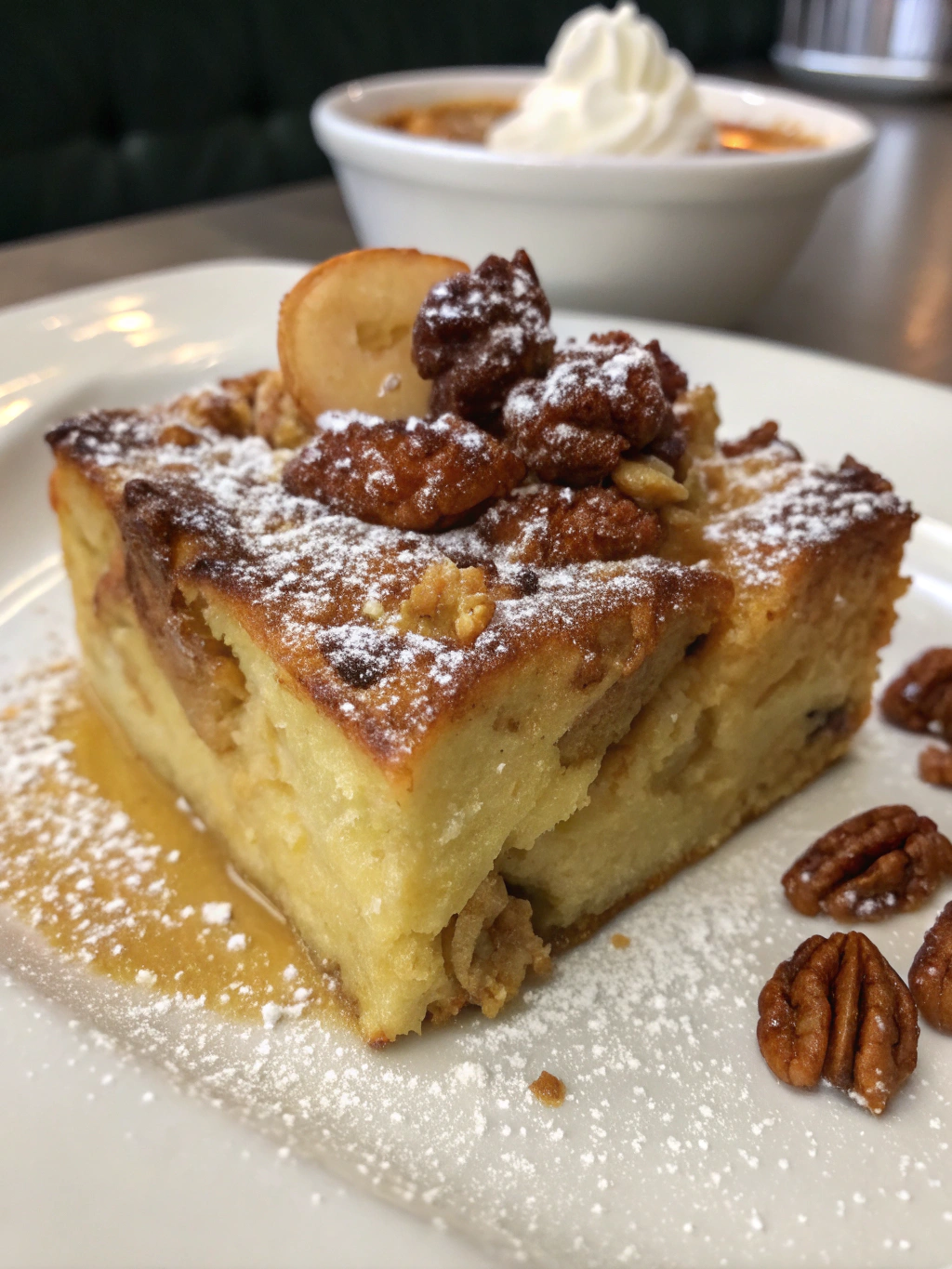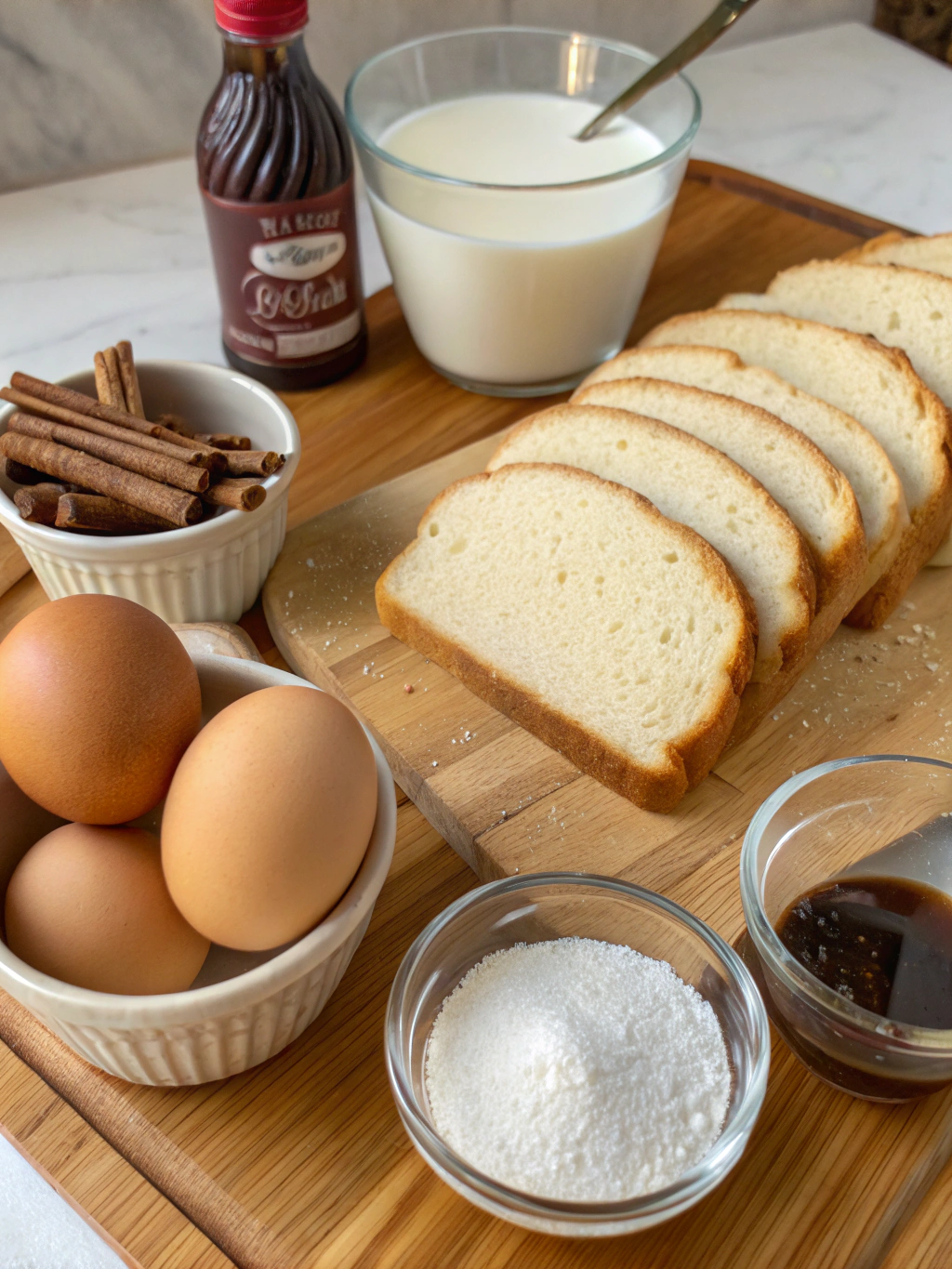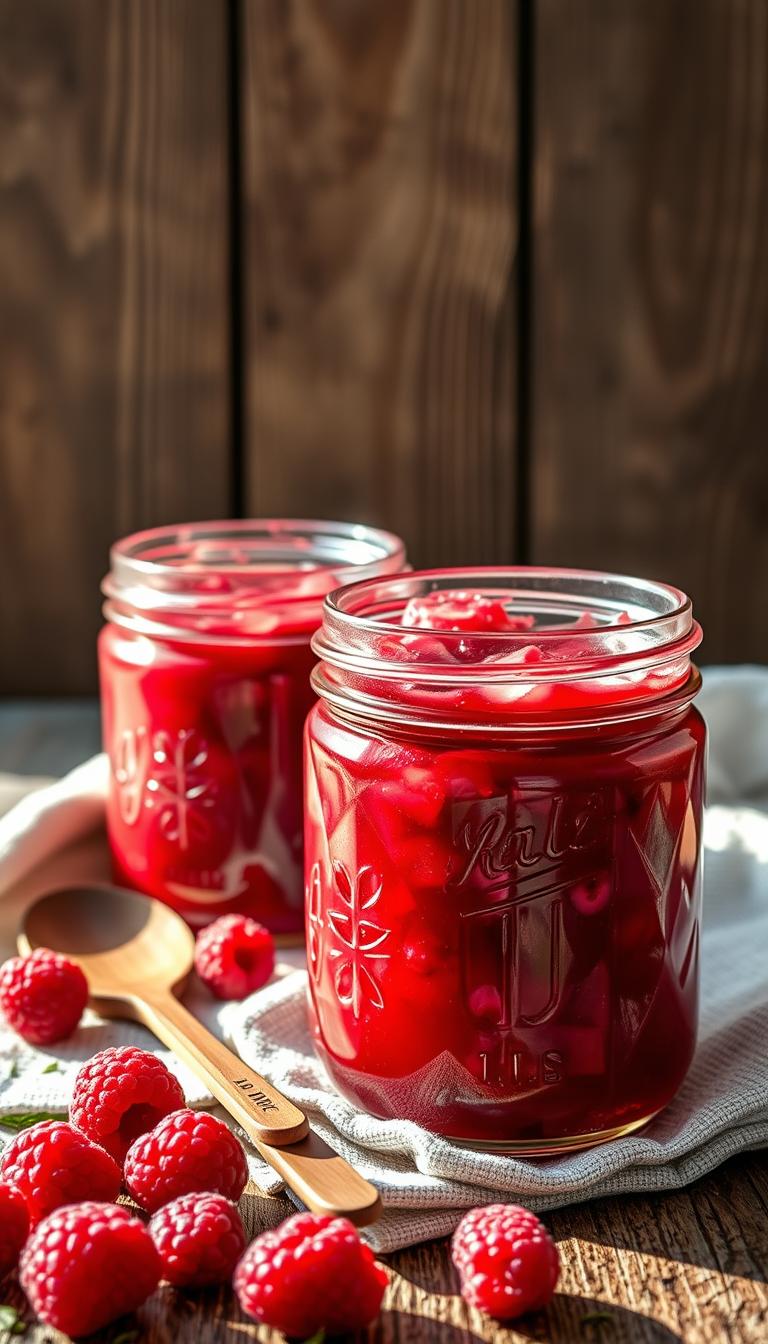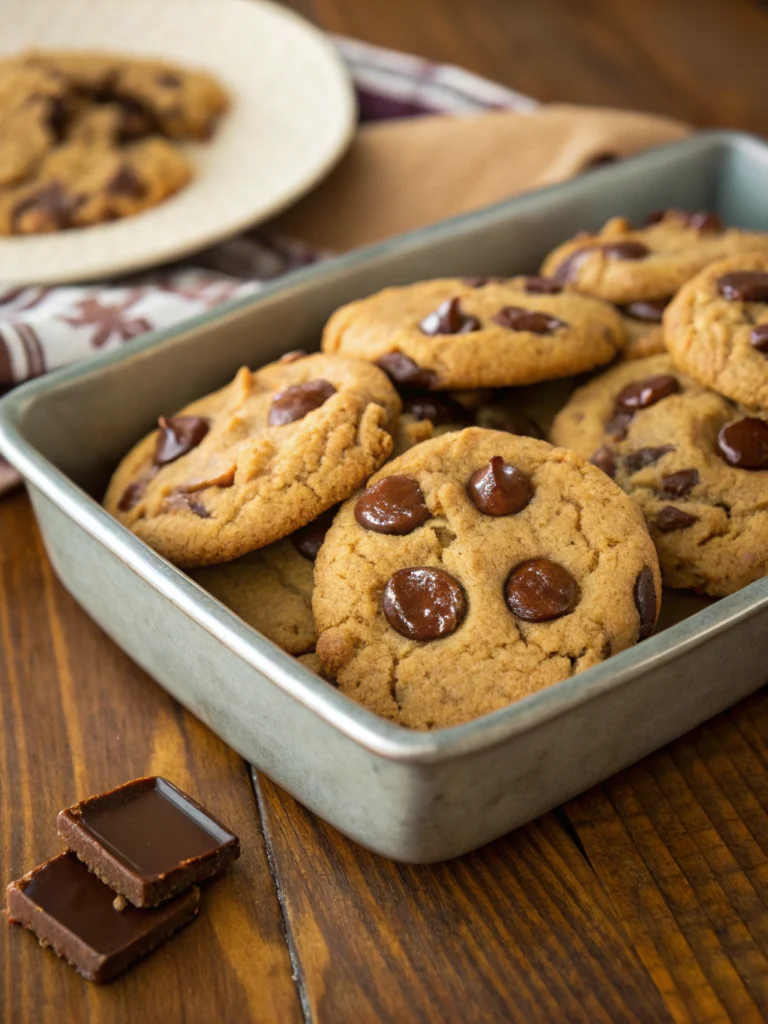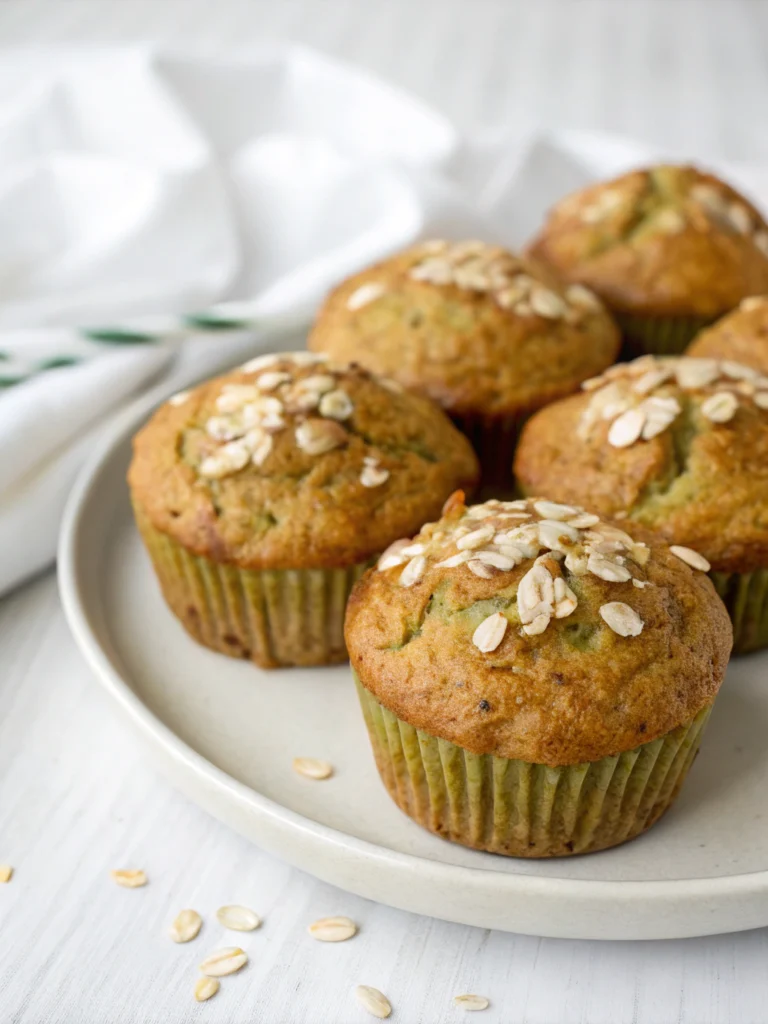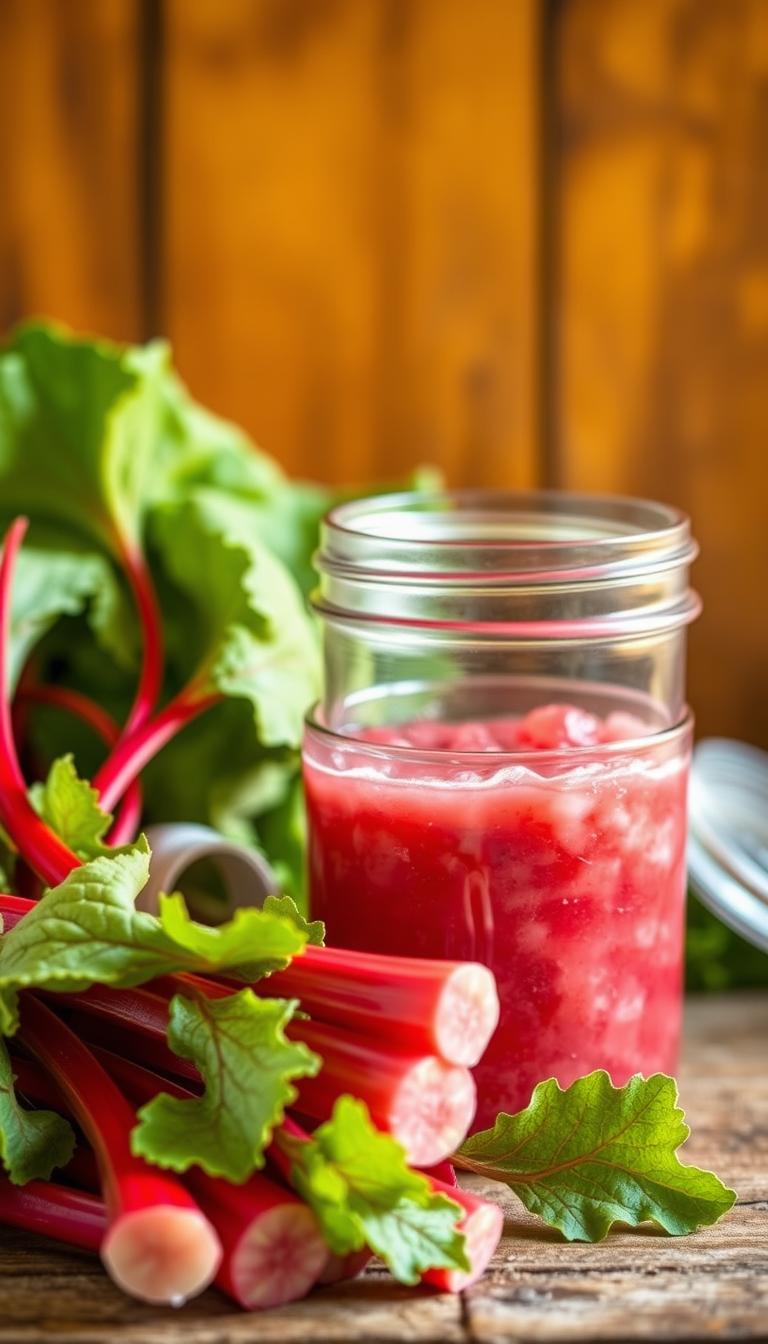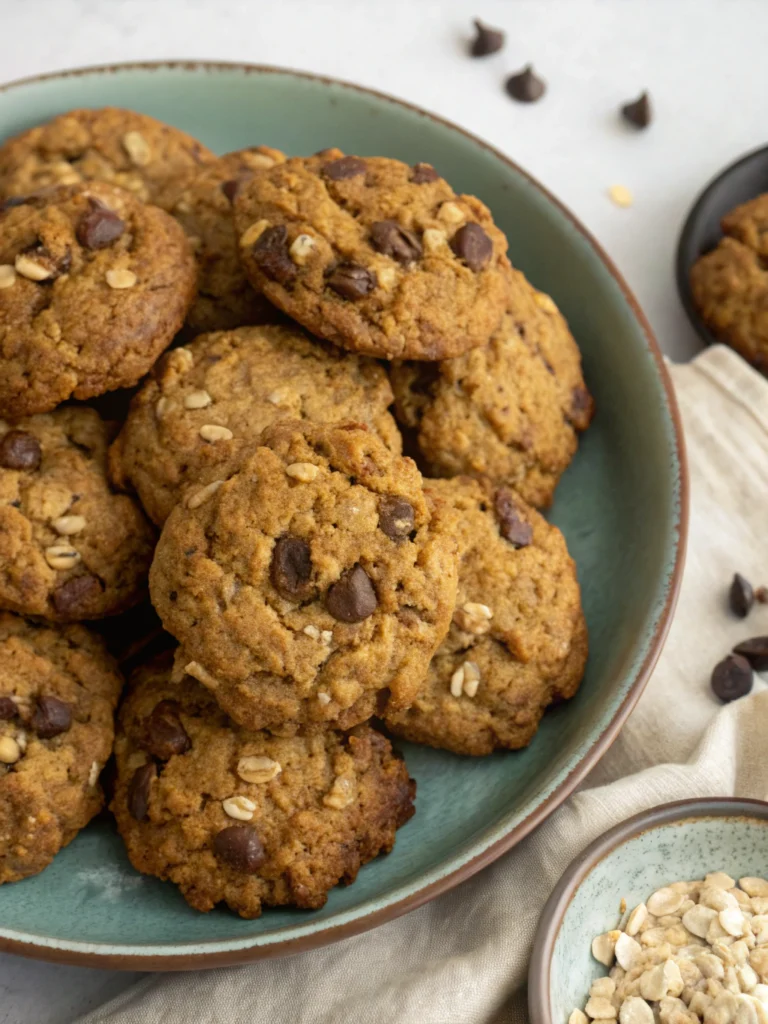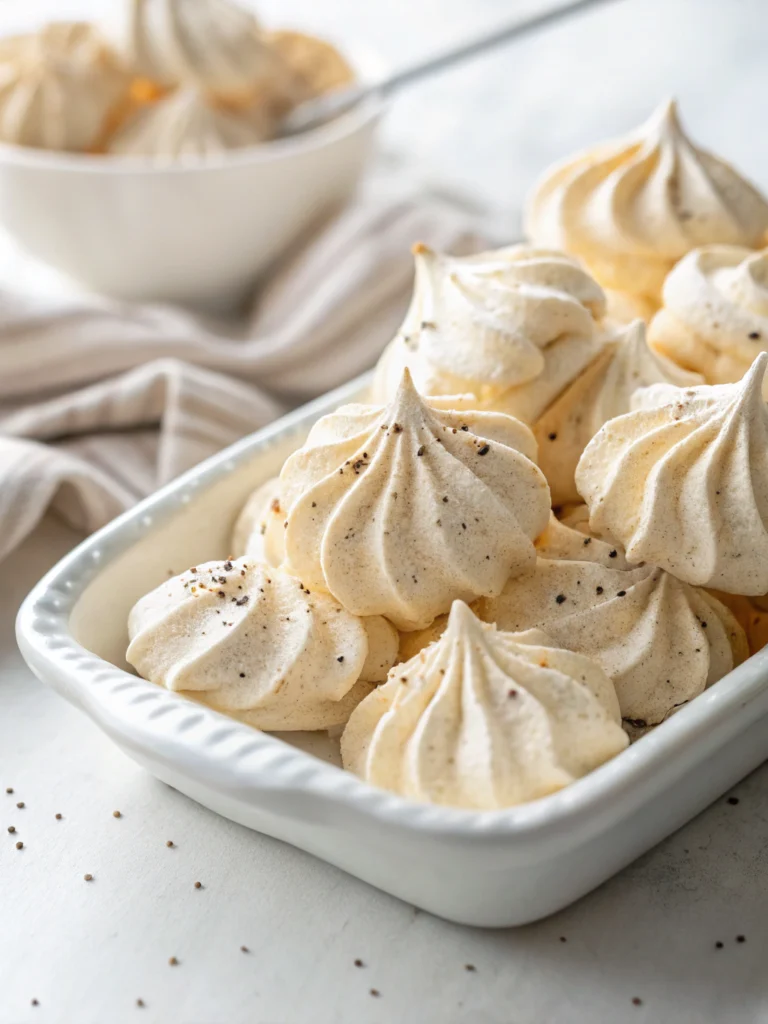Classic Bread Pudding Recipe
A comforting, custard-soaked dessert that transforms day-old bread into a decadent treat with warm spices and a perfectly caramelized top. This traditional bread pudding balances sweet vanilla custard with hints of cinnamon and nutmeg for a dessert that feels like a warm hug.
Easy Bread Pudding Recipe
There’s something magical about bread pudding that transcends its humble ingredients. This classic comfort dessert has graced family tables for generations, taking stale bread and transforming it into something extraordinary with just a few pantry staples. My grandmother’s bread pudding recipe was always a signal that the holidays were approaching, filling our home with the intoxicating aroma of vanilla, cinnamon, and caramelizing sugar.
What makes this particular bread pudding recipe special is its perfect balance of textures—crispy, caramelized edges giving way to a soft, custard-soaked center that melts in your mouth. Whether you’re looking for a cozy weekend breakfast or a comforting dessert on a chilly evening, this bread pudding delivers warmth and satisfaction in every bite.
THIS RECIPE:
- Uses simple ingredients you likely already have in your pantry
- Requires just 15 minutes of hands-on preparation
- Creates both crispy edges and a soft, custardy center
- Works perfectly with day-old bread (actually preferred!)
| Recipe Details | |
|---|---|
| Prep Time | 15 minutes |
| Resting Time | 30 minutes |
| Cook Time | 45-50 minutes |
| Total Time | 1 hour 35 minutes |
| Servings | 8-10 servings |
| Yield | One 9×13-inch baking dish |
This bread pudding recipe strikes the perfect balance between effortless preparation and impressive results. You’ll spend more time enjoying the heavenly aroma filling your kitchen than actually working in it. The beauty of bread pudding lies in its forgiving nature—even if you’re a novice baker, this recipe will guide you to success with minimal effort and maximum flavor.
Ingredients for Bread Pudding
The quality of ingredients makes all the difference in a simple recipe like bread pudding. Since we’re working with just a handful of components, each one contributes significantly to the final result. The bread, in particular, deserves special attention—while you can use almost any type, some varieties create a more luxurious texture than others.
For the Bread Pudding Base:
- 8 cups day-old bread, cut into 1-inch cubes (about 1 large loaf)
- 4 large eggs
- 2 cups whole milk
- 1 cup heavy cream
- 1 cup granulated sugar
- ¼ cup unsalted butter, melted
- 2 teaspoons pure vanilla extract
- 1 teaspoon ground cinnamon
- ¼ teaspoon ground nutmeg
- ¼ teaspoon salt
- ½ cup raisins (optional)
For the Vanilla Sauce (Optional):
- 1 cup heavy cream
- ½ cup granulated sugar
- 2 tablespoons unsalted butter
- 1 tablespoon cornstarch
- 1 tablespoon water
- 1 teaspoon pure vanilla extract
- Pinch of salt
The bread you choose forms the foundation of your bread pudding. While traditional recipes often call for plain white bread, don’t be afraid to experiment with brioche, challah, or even croissants for a more decadent version. The key is finding bread with a sturdy structure that can absorb the custard without completely disintegrating.
| Ingredient Category | Recommended Quantity | Quality Tips |
|---|---|---|
| Bread | 8 cups cubed | Choose enriched breads like brioche, challah, or French bread for best texture. Day-old (slightly stale) bread absorbs custard better. |
| Dairy | 2 cups milk + 1 cup cream | Full-fat dairy creates the richest flavor and texture. Farm-fresh eggs with bright yellow yolks enhance color and flavor. |
| Sweeteners | 1 cup granulated sugar | Can substitute brown sugar for deeper molasses notes. Pure maple syrup can replace up to half the sugar. |
| Flavorings | Vanilla, cinnamon, nutmeg | Use pure vanilla extract rather than imitation. Freshly grated nutmeg provides superior aroma. |
| Mix-ins | ½ cup raisins (optional) | Consider other dried fruits like cranberries, cherries, or diced apples. Toast nuts before adding for enhanced flavor. |
How to Make Bread Pudding
Creating the perfect bread pudding is all about allowing enough time for the bread to fully absorb the custard mixture, resulting in that signature pudding-like consistency. The process isn’t complicated, but following certain techniques will elevate your bread pudding from good to unforgettable.
Prepare the bread: Cut your day-old bread into 1-inch cubes. If your bread is fresh, spread the cubes on a baking sheet and bake at 275°F for 10 minutes to dry them out slightly.
Prepare the baking dish: Butter a 9×13-inch baking dish generously. Place the bread cubes evenly in the prepared dish.
Make the custard: In a large bowl, whisk together the eggs, milk, cream, sugar, melted butter, vanilla extract, cinnamon, nutmeg, and salt until well combined and the sugar is dissolved.
Combine bread and custard: Pour the custard mixture evenly over the bread cubes. Press the bread down gently with a spatula to help it absorb the liquid. If using raisins, sprinkle them evenly throughout, gently folding them in.
Rest and absorb: Let the mixture sit for at least 30 minutes, occasionally pressing down on the bread to ensure even absorption. For best results, cover and refrigerate for up to 4 hours or overnight.
Preheat and prepare: Preheat your oven to 350°F when ready to bake. Remove the bread pudding from the refrigerator while the oven heats up.
Bake to perfection: Bake uncovered for 45-50 minutes, until the top is golden brown and the center is set but still slightly jiggly. The internal temperature should reach 160°F.
Rest before serving: Allow the bread pudding to rest for 15 minutes before serving. This resting period lets the custard fully set and makes for cleaner portions.
Pro tip: For a caramelized top with extra crunch, sprinkle 2 tablespoons of granulated sugar over the top of the bread pudding during the last 15 minutes of baking.
When checking for doneness, remember that bread pudding should be set around the edges but maintain a slight jiggle in the center—it will continue to set as it cools. Overbaking can lead to a dry, tough texture rather than the creamy, melt-in-your-mouth consistency we’re aiming for.
Tips for Making Bread Pudding
Mastering bread pudding is all about understanding the delicate balance between ingredients and technique. These expert tips will help you achieve bread pudding perfection every time:
Choose the right bread: The foundation of great bread pudding is the bread itself. Enriched breads like brioche, challah, or French bread create a more luxurious texture than plain sandwich bread.
Age matters: Day-old bread works best as it absorbs the custard more efficiently without becoming mushy. If you only have fresh bread, dry it out in a low-temperature oven (275°F) for about 10 minutes.
Give it time: The resting period is non-negotiable for perfect bread pudding. At minimum, allow 30 minutes for the bread to soak up the custard, but overnight in the refrigerator yields the best texture.
| Technique | Recommendation | Explanation |
|---|---|---|
| Bread preparation | Tear rather than cut | Hand-torn bread creates irregular edges that absorb custard better and give varied texture |
| Custard ratio | 2-3 cups liquid per 8 cups bread | Too much liquid creates soggy pudding; too little yields dry results |
| Soaking method | Press bread down occasionally | Ensures even distribution of custard throughout the bread layers |
| Temperature | Bring to room temperature before baking | Cold bread pudding straight from refrigerator requires longer baking time |
When making the custard, warm your milk and cream slightly before whisking with the eggs. This helps the sugar dissolve more efficiently and creates a silkier texture in the finished pudding. Just be sure not to heat the dairy too much, or you’ll scramble the eggs when they’re combined.
Pro tip: For an extra touch of elegance, place your baking dish in a larger pan filled with about 1 inch of hot water (a water bath or bain-marie). This gentle, even heat helps the custard cook perfectly without curdling or becoming rubbery.
Make-Ahead Instructions
Bread pudding is the ideal make-ahead dessert, often tasting even better the day after it’s made. Here’s how to prepare components in advance for stress-free entertaining:
You can assemble the entire bread pudding up to 24 hours before baking. Prepare as directed through the custard-soaking step, then cover tightly with plastic wrap and refrigerate. When ready to bake, let the dish sit at room temperature for about 30 minutes while your oven preheats, then bake as directed. You may need to add 5-10 minutes to the baking time if the pudding is still cold when it goes into the oven.
If you’d like to prep individual components further in advance:
- The bread can be cubed and stored in an airtight container at room temperature for up to 2 days.
- The custard mixture (without the bread) can be whisked together and refrigerated in an airtight container for up to 24 hours.
- If making the vanilla sauce, it can be prepared up to 3 days ahead and stored in the refrigerator. Gently reheat in the microwave or on the stovetop, stirring frequently.
For a special brunch or holiday meal, complete all prep work the night before. In the morning, simply transfer the dish from refrigerator to oven while you focus on other aspects of your meal.
Storing Leftovers
Properly stored bread pudding maintains its delicious flavor and texture for several days:
For food safety, refrigerate bread pudding within two hours of baking. Allow it to cool completely before storage to prevent condensation, which can make the top soggy. Place a paper towel over the surface before covering to absorb excess moisture.
Store leftover bread pudding in an airtight container in the refrigerator for up to 4 days. Keep the vanilla sauce (if using) in a separate container to prevent the bread pudding from becoming too wet during storage.
When reheating individual portions, microwave for 30-45 seconds or until just warmed through. For a crisper top, place in a 350°F oven for about 10 minutes. Add a splash of milk or cream if the pudding seems dry after refrigeration.
Pro tip: For an indulgent breakfast, slice cold bread pudding and briefly toast it in a buttered skillet until golden and crisp on the outside but still creamy inside.
Freezing Bread Pudding
Bread pudding freezes remarkably well, making it perfect for advance preparation or preserving leftovers:
To freeze bread pudding, first allow it to cool completely. For best results, freeze before adding any toppings or sauces. Cut into individual portions to make thawing more convenient, and wrap each piece tightly in plastic wrap. Place the wrapped portions in a freezer-safe container or heavy-duty freezer bag, removing as much air as possible.
Frozen bread pudding maintains its quality for up to 2 months. Beyond that timeframe, it remains safe to eat but may develop freezer burn or texture changes.
To thaw, transfer portions to the refrigerator overnight or defrost at room temperature for about 2 hours. Reheat in a 350°F oven for 15-20 minutes until warmed through, or microwave individual portions for 1-2 minutes. If the texture seems dry after freezing, drizzle with a little warm cream or milk before serving.
For the best texture after freezing, add fresh sauces or toppings just before serving rather than freezing the bread pudding with them applied.
Serving Suggestions
Bread pudding is wonderfully versatile when it comes to presentation and pairings:
For a classic presentation, serve warm bread pudding with a generous drizzle of vanilla sauce or bourbon sauce. A dollop of softly whipped cream or a scoop of vanilla ice cream creates a delightful temperature contrast against the warm pudding.
Elevate your bread pudding with creative toppings like:
- Fresh berries or sliced stone fruits in summer
- Caramelized bananas with a sprinkle of cinnamon
- Toasted nuts such as pecans or walnuts
- A light dusting of powdered sugar and freshly grated nutmeg
Bread pudding pairs beautifully with coffee or tea, particularly darker roasts or spiced varieties like chai. For a more indulgent experience, serve alongside dessert wines like Sauternes or late-harvest Riesling. In cooler months, a small glass of bourbon, rum, or whiskey complements the warm spices in the pudding.
Serve bread pudding warm (around 140°F) for the best experience—this temperature brings out the aromatic spices and creates the perfect contrast between the crispy top and soft, custardy interior.
FAQ
Can I use gluten-free bread for bread pudding?
Yes, you can make gluten-free bread pudding using your favorite gluten-free bread. Since gluten-free breads often have different absorption rates, you might need to adjust the soaking time. Start with 45 minutes and check if more time is needed. The custard may also benefit from an extra egg to help bind everything together.
My bread pudding turned out soggy. What went wrong?
Soggy bread pudding usually results from too much liquid or insufficient baking time. Make sure you’re using day-old bread that can properly absorb the custard, and verify your bread-to-custard ratio (about 8 cups bread to 3 cups liquid). Your oven temperature might also be too low—use an oven thermometer to check accuracy. Finally, ensure you’re baking until the center reaches 160°F with just a slight jiggle.
Can I make bread pudding without eggs?
While traditional bread pudding relies on eggs for structure and richness, you can create egg-free versions. Substitute each egg with ¼ cup of mashed banana, applesauce, or silken tofu. You can also use commercial egg replacers following package instructions. The texture will be different but still delicious.
What’s the best way to reheat bread pudding?
For individual servings, microwave for 30-45 seconds or until just warmed through. To maintain a crisp top, reheat in a 350°F oven for 10-15 minutes. If reheating a larger portion, cover with foil for the first half of reheating to prevent over-browning, then remove the foil for the last few minutes. Adding a tablespoon of milk or cream before reheating helps restore moisture.
Can I reduce the sugar in this bread pudding recipe?
Yes, you can reduce the sugar by up to one-third without significantly affecting the texture. For a naturally sweetened version, substitute half the sugar with mashed ripe banana, unsweetened applesauce, or date paste. Keep in mind that sugar contributes not only sweetness but also moisture and caramelization, so some reduction in these qualities may occur.

